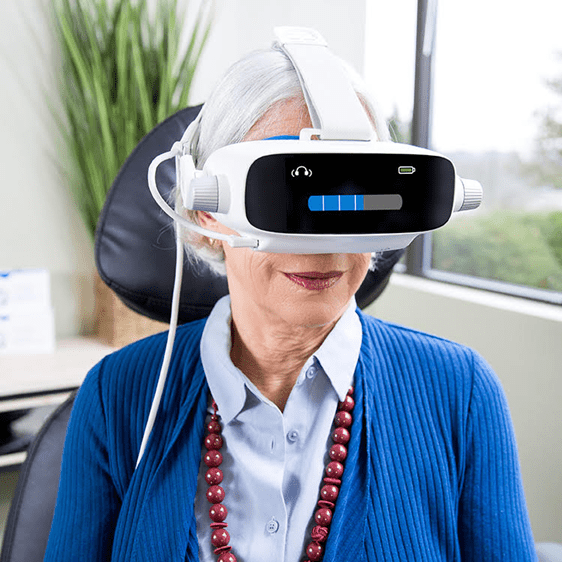Age-Related Macular Degeneration (AMD) is a hereditary disease that develops as one ages. AMD is one of the leading causes of vision loss and blindness in America, occurring in 4-7% of African Americans and impacting over 45% of Non-Hispanic Caucasians.
Generally, AMD is split into the “dry form” and “wet form.” The dry form occurs when small retinal defects, called drusen, form and slowly enlarge. When the drusen becomes larger, the retina swells and new, leaky, blood vessels grow which is the hallmark of the wet form of AMD.
Causes of this degenerative process include genetics, smoking, obesity and exposure to blue light. People with AMD have more difficulty driving at night and slowly lose their central vision, making it difficult to read and see details of faces. During the wet form of AMD, patients experience rapid vision loss and are treated by medication injected into the eye.
How does Tumwater Eye Center identify drusen and initiate early treatment? At Tumwater Eye Center’s new office, they invested in imaging technology to identify drusen at their earliest stages. Dr. Finch at Tumwater Eye says, “Having newer technology allows us to identify changes much earlier than we have been previously, which helps us reduce the incidence of blindness among our patients.” This medical eye center’s advanced technology features high resolution cameras to monitor drusen.
Tumwater Eye’s latest technology can specifically analyze delayed dark adaptation, which is the cause of reduced or worsening night vision. Congruently, this means the technology can identify AMD before the disease even appears.
This testing has been shown by the latest research to identify AMD years earlier than other examination types. Newer treatment strategies for AMD include specific supplement recommendations based upon genetic testing, protections from damaging blue light, and nutritional counseling to decrease body inflammation as well as improve overall health.
For Additional Information
tumwatereye.com

